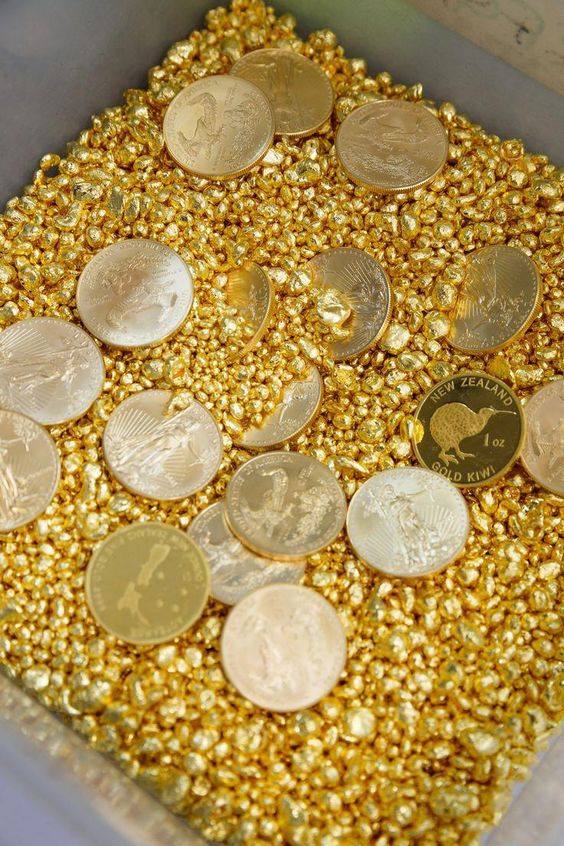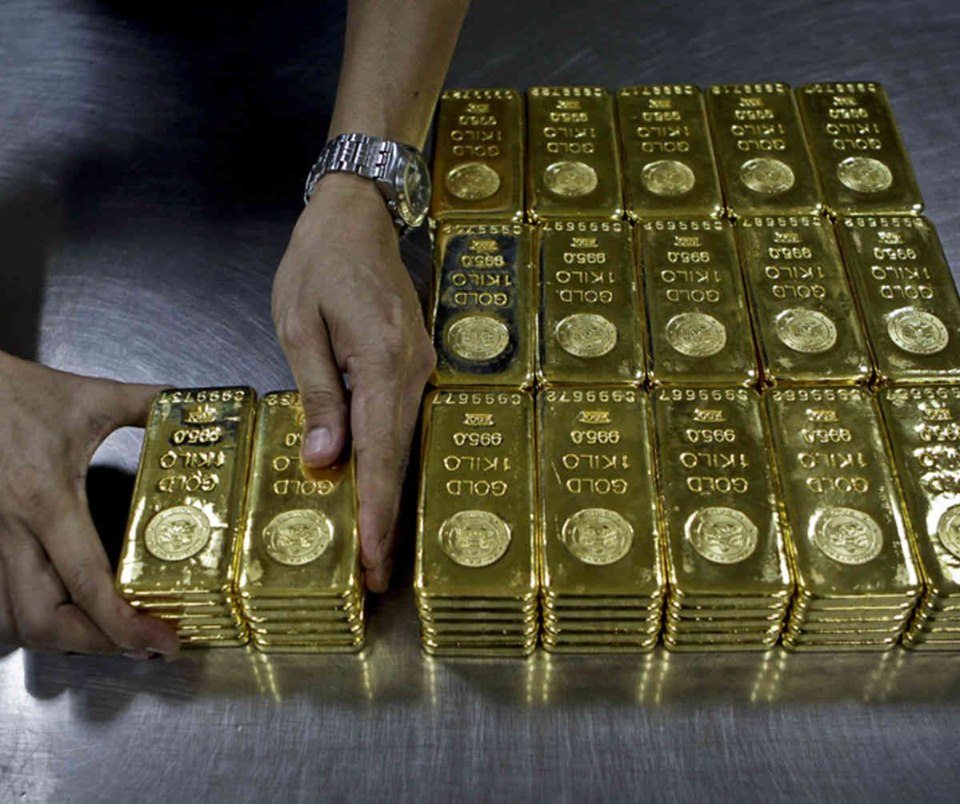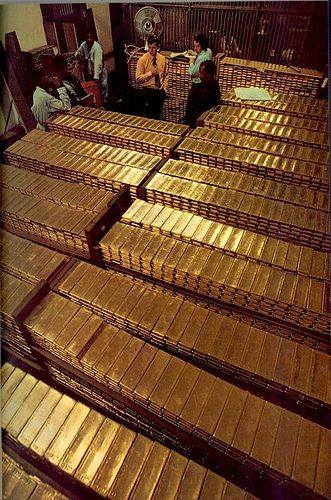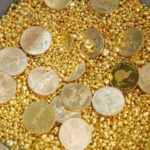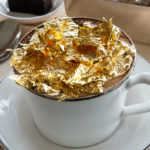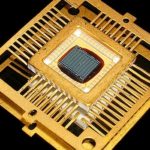The word “gold” comes from the Old English word “geolo” which means yellow. It is highly attractive, bright, shiny, almost glowingly radiant metal that is resistant to such deprecating factors as corrosion and rust in both air and water. Gold has always been very highly valued due to its extreme rarity; it has often been relatively easily to mine from the earth with some of the most simplistic, fundamentally basic methods and tools of the ancient world.
Many uses of gold:
Gold Leaf: Gold is highly malleable and flexible. They are displayed on buildings throughout the world, such as St. Michael’s Cathedral in Kiev, Ukraine and many other temples across the globe
Jewelry: Gold has always had a powerful allure and remains a popular gift in the form of jewelry. Demand for gold jewelry spikes around September during the Indian wedding season and in December before Chinese New Year celebrations, a pattern we call the Love Trade.

Aerospace: Space vehicles are fitted with gold-coated polyester film to reflect infrared radiation and to help stabilize core temperatures. Astronauts’ helmets are covered by a visor that is coated with a thin layer of gold to filter out the sun’s harmful rays, according to NASA
Currency: Gold is one of the only currencies that has an intrinsic value. The history of gold as a currency dates back over 6,000 years ago when transactions were completed using pieces of gold and later minted gold coins.
Although no longer used in most transactions, most nations hold a large amount of gold bullion in their vaults and gold coins remain a popular way to own gold for investment purposes.
Food: Gold is totally safe when ingested. It is anallergenic, neutral in taste and chemically inert. Both the European Union and the United States authorize the use of gold to decorate food. In the luxury food industry, it is used in the form of powder, leaves, flakes or sprinkles.
Electronics: A small amount of gold can be found in almost every electronic device such as phones, calculators and computers. According to the World Gold Council, a single mobile device contains up to 50 milligrams of gold.




